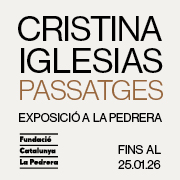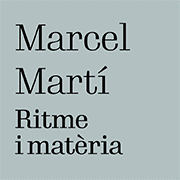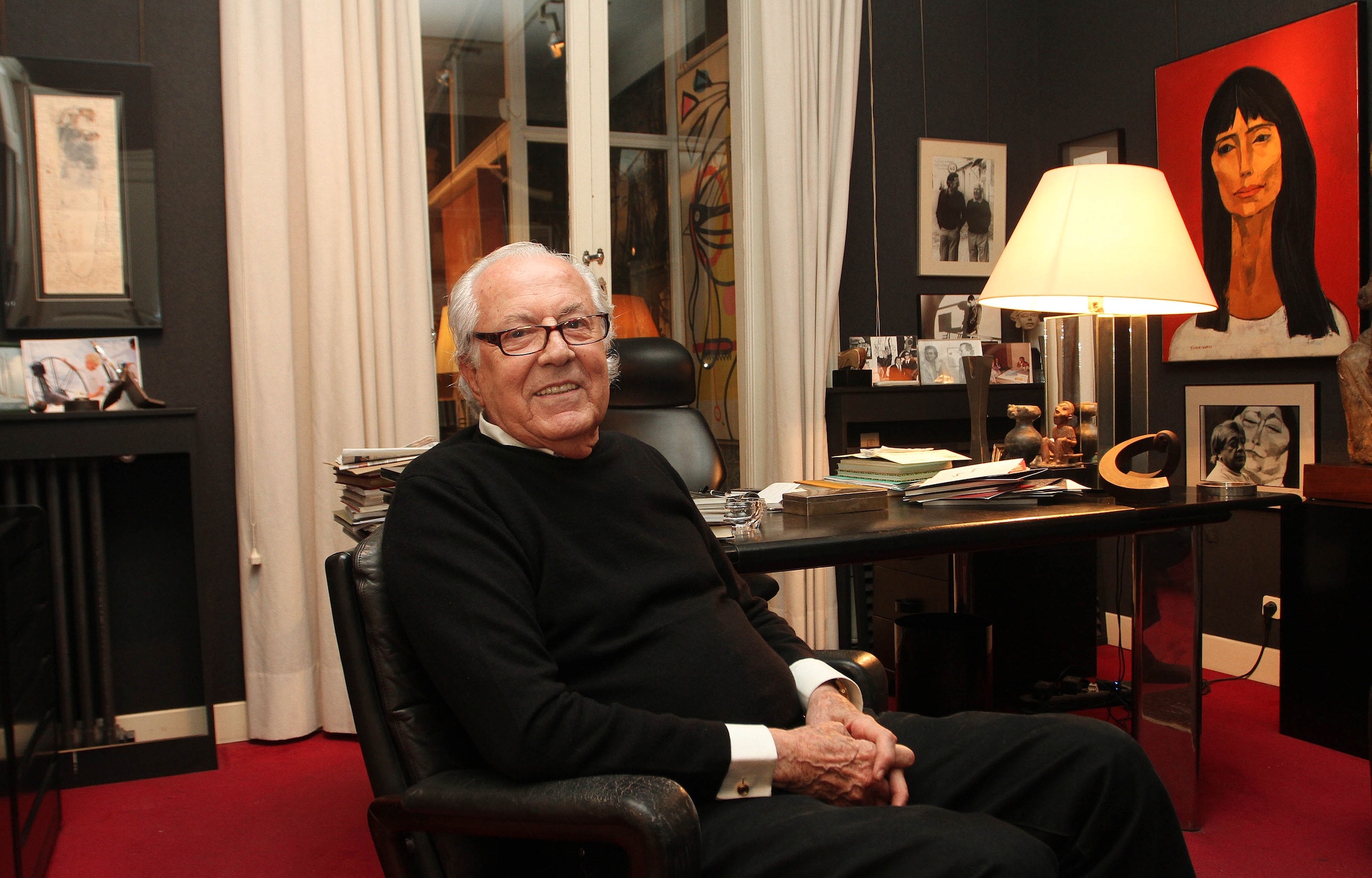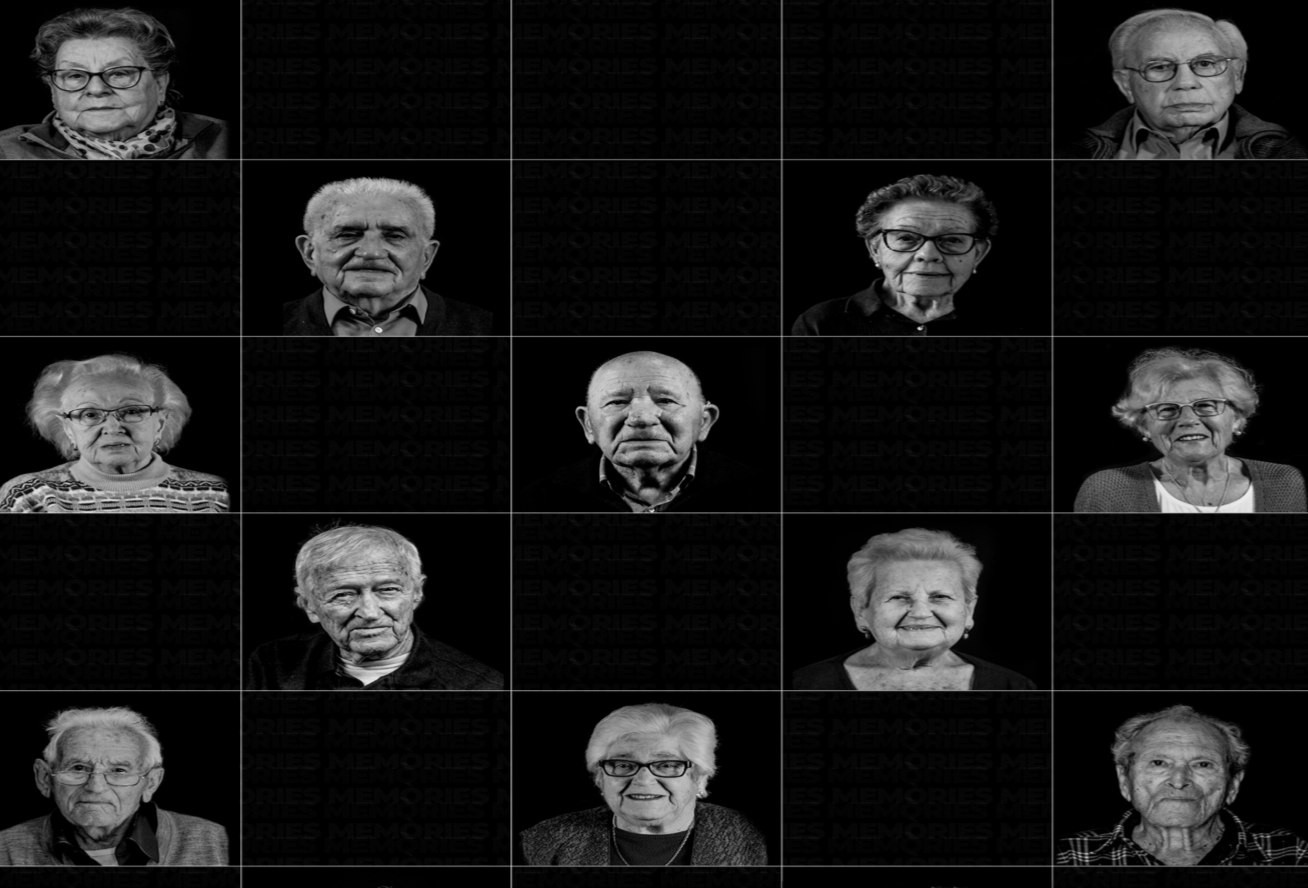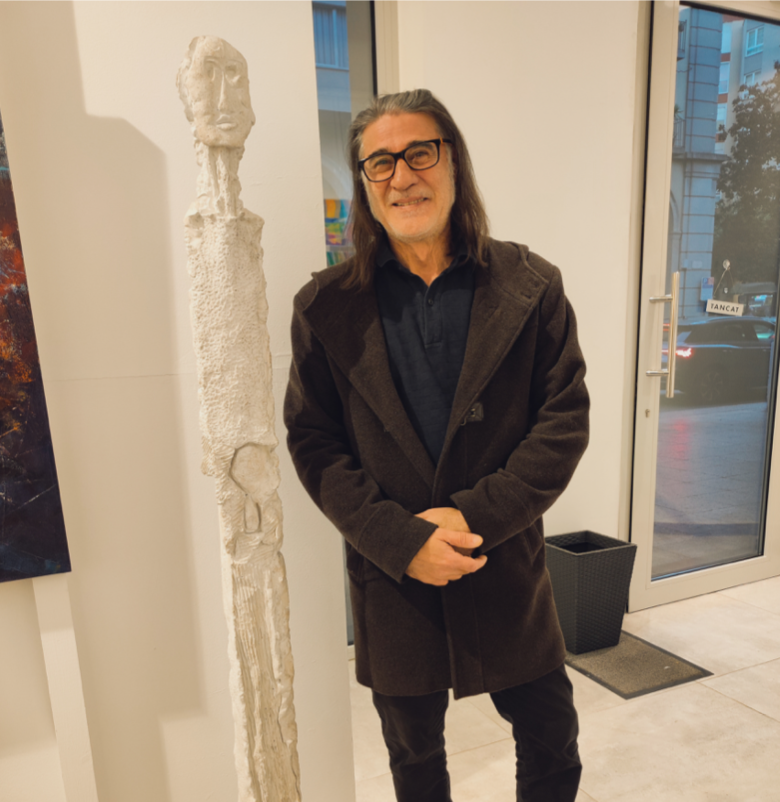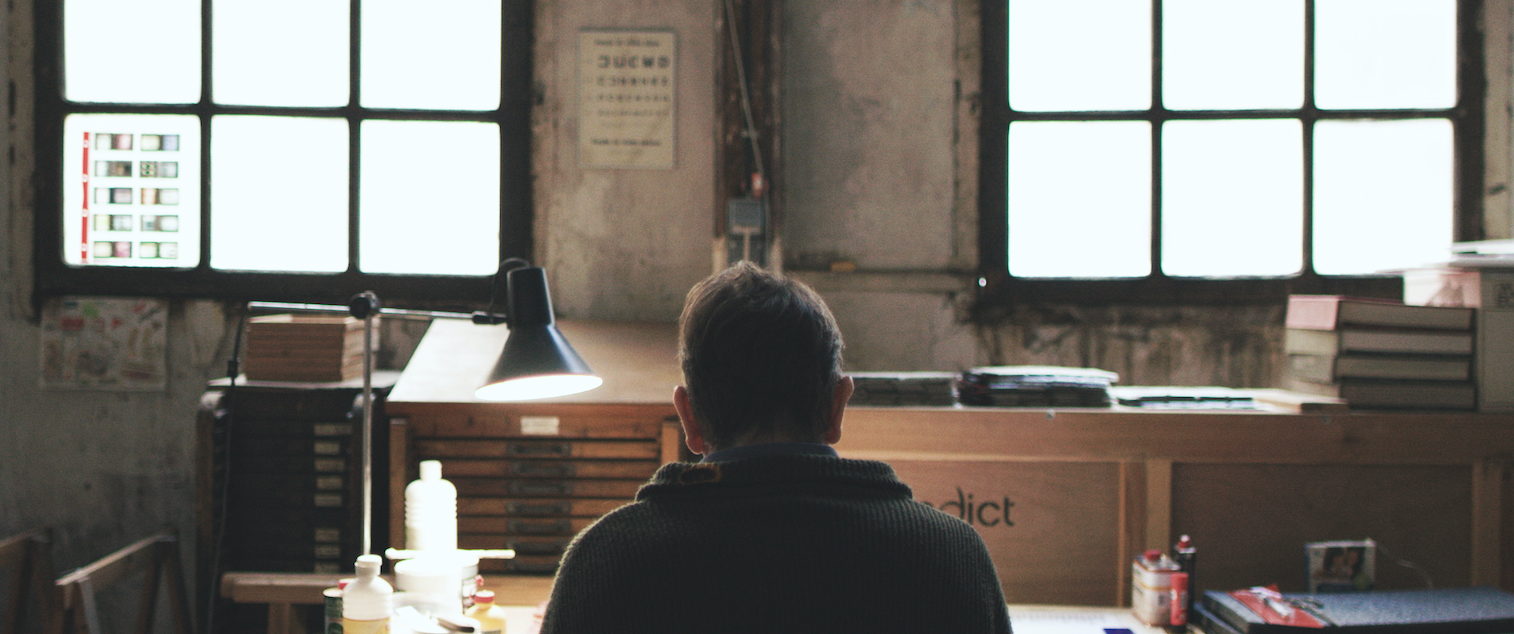News
Girona City Council resumes archaeological work at Casa Pastors
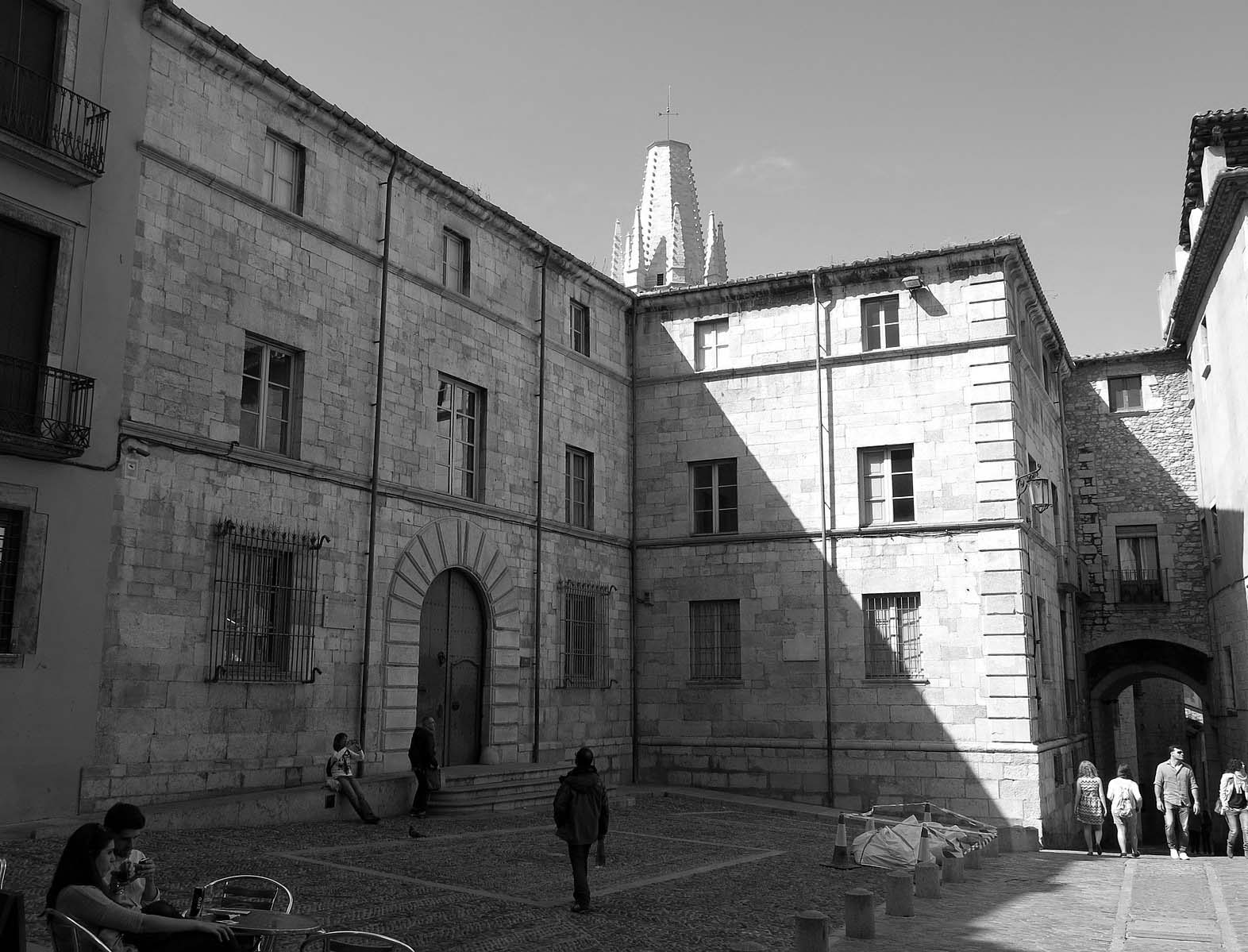
Girona City Council has approved the resumption of archaeological work at Casa Pastors. This is an essential step to be able to carry out the rehabilitation works that aim to turn the building into the headquarters of the new Museum of Modern and Contemporary Art of Catalonia in Girona. It is planned that the excavation tasks will be put out to tender tomorrow at a cost of 186,411.49 euros (VAT included) and a four-month execution period, after approval by the Local Government Board.
The excavation work is, on the one hand, mandatory by the Territorial Commission of Cultural Heritage of Girona to carry out the rehabilitation works of the building due to the characteristics of the place, which is very rich in terms of archaeological remains. On the other hand, the work has been extended, as the excavations will allow obtaining a more in-depth historical and archaeological study of the history of Girona.
"Now is the time to take advantage of all the reform works at Casa Pastors to thoroughly study everything hidden underground. Despite the fact that all these works have as a negative consequence the delay in the start of the works on the new Casa Pastors project, they also have an equally or more important positive part which is to deepen the knowledge of the origins of Girona and its evolution of the city, information that will be very important so that historians can interpret it. In the Old Quarter, archaeological work is normal, but due to the situation of Casa Pastors, we are at a point where it is worthwhile for the excavations to be even more thorough than usual", says the deputy mayor and councilor of 'Urban Planning and Activities of Girona City Council, Lluís Martí.
"The hypotheses and the antecedents seem to indicate that in this space it is very possible that vestiges of relevance will appear that will contribute new data and witnesses to the knowledge of the city's history. In addition, all this information will provide added value to the new museum equipment to be built at Casa Pastors. In the future, the findings could be included in the discourse of the future museum or, in the case of finding objects, be integrated into the Museum of History of Girona", says the vice-mayor and Councilor for Culture of the City Council from Girona, Quim Ayats.
The work will consist, on the one hand, of carrying out archaeological surveys by georadar. It is about generating visualizations of the subsoil at different depths that indicate the possible location of archaeological remains. This technique will be carried out in an area of action of 549.51 m 2 on the ground floor.
On the other hand, it will be excavated in all those spaces that the Casa Pastors rehabilitation project plans to lower the ground level, that is, in a total of 140.03 m 2 (in the west tower, in the north wing and the east wing). Simultaneously, 6 bays will be built within the rectangle delimited by the walled enclosure, by the facade of the Casa Pastors, by the neighboring houses and by the main body of the current building.
The aim is to locate and identify medieval (such as the church of Santa Maria de les Puelles) or Roman (such as the remains of the Roman city forum) structures that are included in the hypotheses of previous work that archaeologists and historians have drawn up. Thanks to the coves, it will be possible to document the archaeological remains and protect them against the equipment's rehabilitation works. If necessary, the project will have to be adapted based on the remains uncovered.
Apart from the archaeological excavations, the contract also includes the auxiliary work that this type of intervention requires. These consist of the removal of the current pavement and the creation of coves and the opening of trenches to remove the rubble and thus facilitate the archaeological investigation of the subsoil. During the execution of the works, part of the Plaza de la Catedral will be occupied in order to be able to transport the debris by truck to the construction waste treatment plant. Finally, the contract includes the realization of a program to disseminate the excavations and their results.
Excavation work at Casa Pastors began in December 2019, but had to be stopped soon after due to the need to demolish the walls of the west courtyard for safety reasons. The continuity of the excavations put the stability of the walls at risk, as it compromised its foundations. The demolition of these elements was carried out in 2021. Now, once these works have been carried out, the archaeological excavations will resume; an essential step to move forward with the Casa Pastors adaptation project by architect Jordi Bosch Genover approved in July 2018, after the Territorial Commission for Cultural Heritage of Girona considered it so.
Casa Pastors is located on the northwest side of the perimeter of the old Gerunda and next to the Sobreportes portal, one of the old entrances to the city. The building integrates remains of Roman and medieval walls, from the castle of Montcada and Sobreportes. It was a seminary (16th and 17th centuries), home of the aristocratic Pastors family (19th century) and headquarters of the Girona defense command during the French War (19th century). At the beginning of the 20th century, it was acquired by Cristòfol Grober and exchanged with Girona City Council in exchange for some land to build a factory. Between 1973 and 2013 it was the Provincial Court.
The fortified part of Casa Pastors is part of BCIN 4388 MH. The building is registered in the inventory of the Architectural Heritage of Catalonia (IPAC 21284) and is located inside BCIN 120-CH, which corresponds to the old town of Girona.



